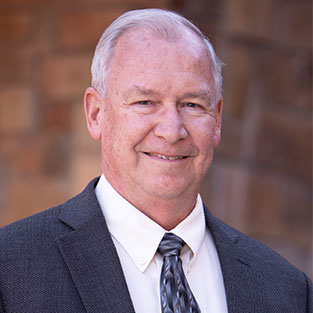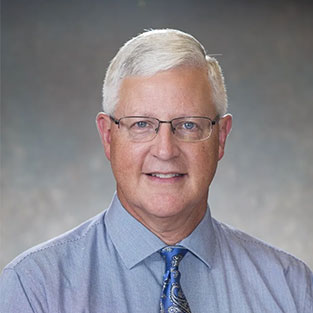Quick Facts
- Industry
- K-12
- Topics
- Watt's in the News

Meet Dan Whisler, Trane Educator in Residence

Selecting a language changes the language and content on the Trane site.
Trane ComfortSite is an extranet site designed to save you time. With your secure login, you can:
This is the login for Trane® Connect™ and other Trane® commercial applications. Trane® Connect™ is our secure, cloud-based customer portal to access your building systems to remotely monitor and manage building systems, and conduct routine maintenance.
Latin America
Europe
Asia Pacific
Quick Facts
According to statistics provided by U.S. Energy Information Administration (EIA), coal-fired power plants generated 16.2 percent of our country's electricity in 2023, down from 19.7 percent in 2022. Statistics also show that the number of coal-fired power plants is continuing to fall. The United States had 184 gigawatts of electric capacity from coal-fired plants in 2023, which was a decline of 6.4 percent in 2022. This is a continuation of capacity decline beginning in 2013, when coal-fired power plants in this country had a capacity of producing over 300,000 gigawatts of electricity. So not only are more coal plants going offline, but many of those still being used are being used below capacity.
What is the main reason for this decline in the use of coal to produce electricity? Probably the main factor is that natural gas is abundant and easier to process than coal. Power plants that use natural gas to create electricity are cheaper to build and operate than coal-fired power plants. And the fact that natural gas produces fewer environmental hazards and is less carbon intensive is a plus, too. Natural gas partners with the many types of renewable energy sources that continue to gain ground in the energy sector.
But how long can natural gas continue to take the place of coal in producing electricity for our country and the world? Gas is currently abundant in the United States due to newly discovered deposits in shale fields. Natural gas has been our leading energy source for producing electricity since 2016. And although natural gas is much cleaner to burn than coal, it still releases carbon dioxide. And the more we depend on gas, the more carbon dioxide we add to the environment. We have plenty of natural gas to produce the amount of electricity we need in our country and around the world at this point, but to truly address the climate issue we need to realize that natural gas is not the best answer.
So the golden question is this: How can we have a supply of electricity that is reliable enough to meet all of our needs, affordable enough to support the economies of the world, and also be clean enough to address climate change? The current answer to this question involves utilizing many of the renewable forms of energy (wind, solar, hydro, and geothermal) along with nuclear power and natural gas to reduce our dependence on coal, while finding ways to use all of these forms of energy more efficiently. It is exciting to imagine new technologies that will evolve in the future to provide a better answer to this question and secure a brighter energy future for us all!
1 Office of Energy Efficiency & Renewable Energy. (n.d.). What is Wind Power? Windexchange.energy.gov. Retrieved March 21, 2024, from https://windexchange.energy.gov/what-is-wind#:~:text=Wind%20power%20is%20the%20nation%27s,of%20most%20states%27%20energy%20needs.


